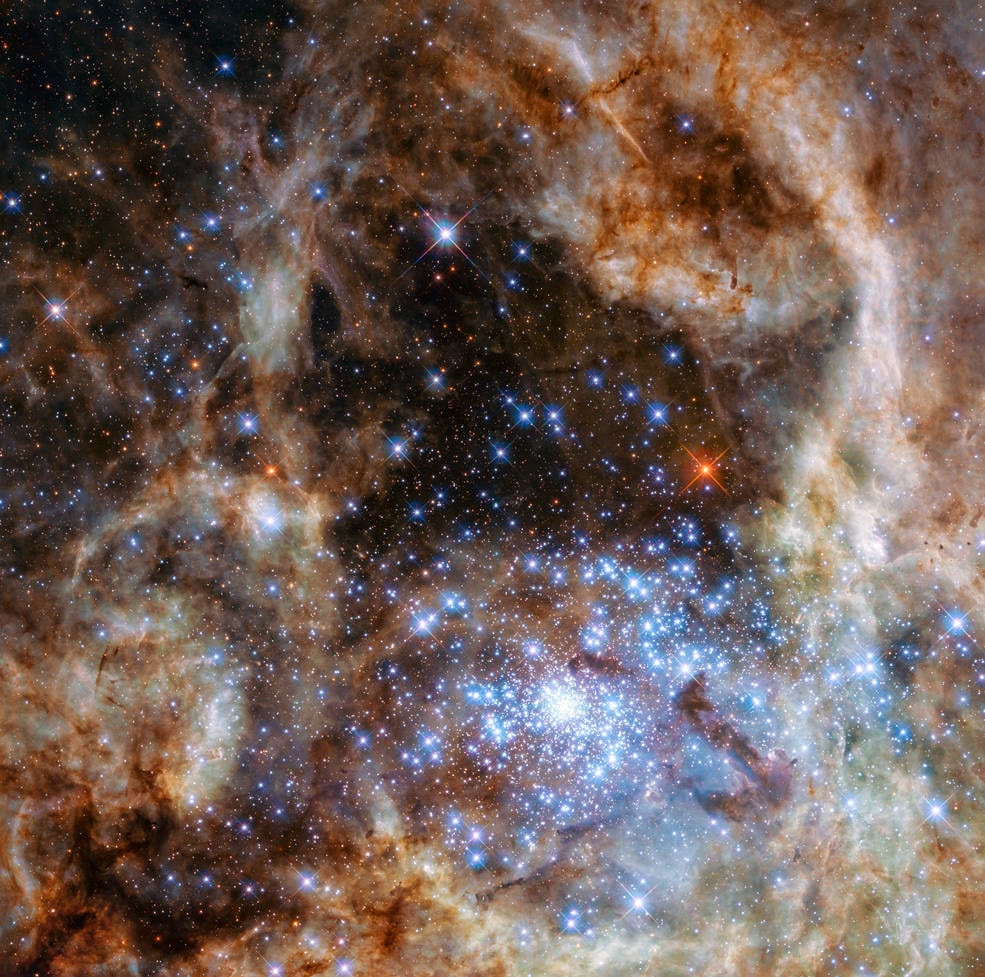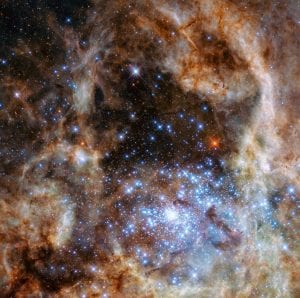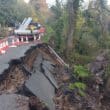
An Armagh astronomer was one of an international team which has identified nine so-called ‘monster stars’ – with masses more than 100 times that of the Sun!
Jorick Vink and the team of worldwide experts made the exciting discovery this week using the unique ultraviolet capabilities of the NASA/ESA Hubble Space Telescope.
The nine monster stars were found in the star cluster R136.
This makes it the largest sample of very massive stars identified to date.
The results, which will be published in the Monthly Notices of the Royal Astronomical Society, raise many new questions about the formation of massive stars.

R136 is only a few light-years across and is located in the Tarantula Nebula within the Large Magellanic Cloud about 170 000 light-years away.
The young cluster hosts many extremely massive, hot and luminous stars whose energy is mostly radiated in the ultraviolet, which is why the scientists probed the ultraviolet emission of the cluster.
As well as finding dozens of stars exceeding 50 solar masses, this new study was able to reveal a total number of nine very massive stars in the cluster, all more than 100 times more massive than the Sun.
However, the current record holder R136a1 does keep its place as the most massive star known in the Universe, at over 250 solar masses.
The detected stars are not only extremely massive, but also extremely bright.
Together these nine stars outshine the Sun by a factor of 30 million.
Paul Crowther, from the University of Sheffield, and lead author of the study, said: “Together with my colleagues, I would like to acknowledge the invaluable work done by astronauts during Hubble’s last servicing mission: they restored STIS and put their own lives at risk for the sake of future science!”
In 2010 Crowther and his collaborators showed the existence of four stars within R136, each with over 150 times the mass of the Sun. At that time the extreme properties of these stars came as a surprise as they exceeded the upper-mass limit for stars that was generally accepted at that time.
Now, this new census has shown that there are five more stars with more than 100 solar masses in R136.
The results gathered from R136 and from other clusters also raise many new questions about the formation of massive stars as the origin of these behemoths remains unclear.
In order to find answers about the origin of these stars the team will continue to analyse the gathered datasets.
An analysis of new optical STIS observations will also allow them to search for close binary systems in R136, which could produce massive black hole binaries which would ultimately merge, producing gravitational waves.
“Once again, our work demonstrates that, despite being in orbit for over 25 years, there are some areas of science for which Hubble is still uniquely capable,” added Crowther.
Read more news:
Fire Service called to Craigavon Hospital staggering 68 times in 12 months
Unionists’ anger as Irish tricolour is erected outside Presbyterian church
Three county Armagh businesses targeted by thieves overnight
Man charged with litany of offences after being found in McDonald’s toilet
PSNI’s Easter road campaign is puntastic – but has a eggcellent message
Man carrying toy gun causes huge traffic congestion in Armagh
Man arrested in McDonald’s toilet following burglary





